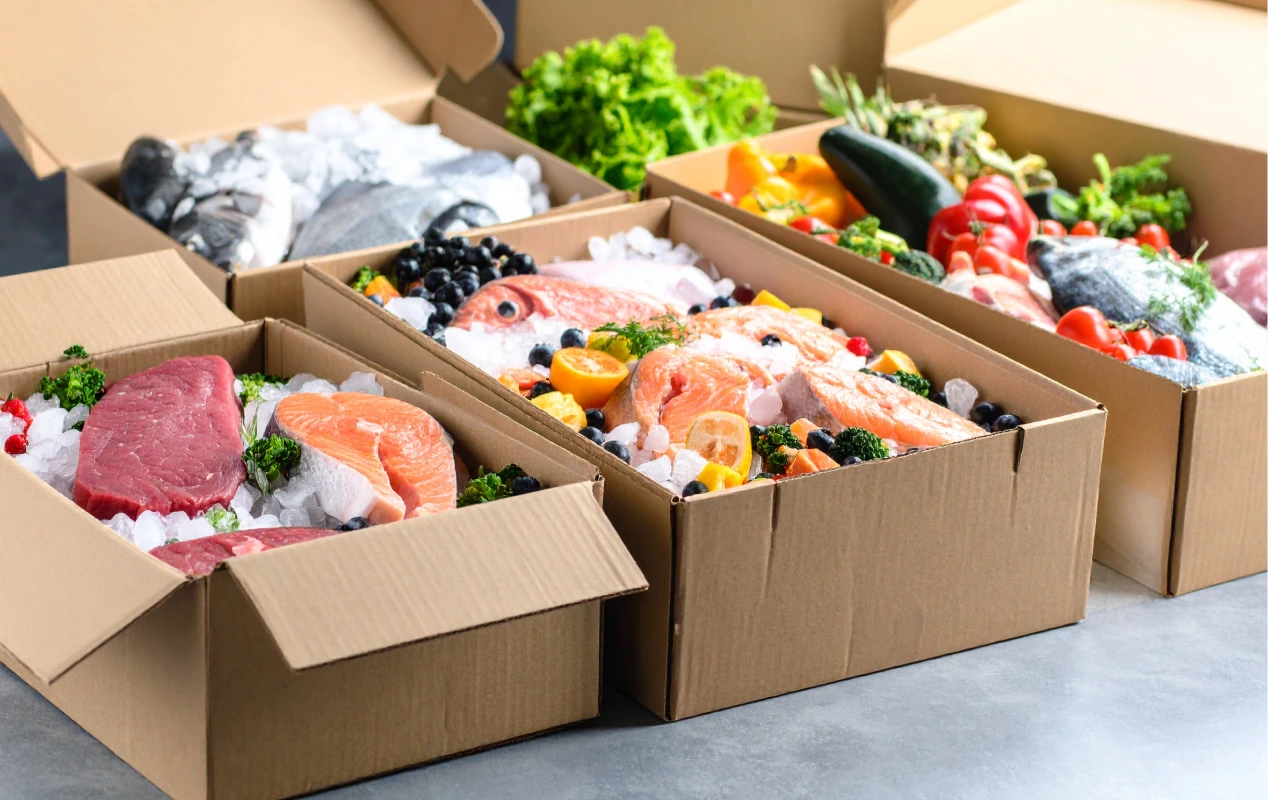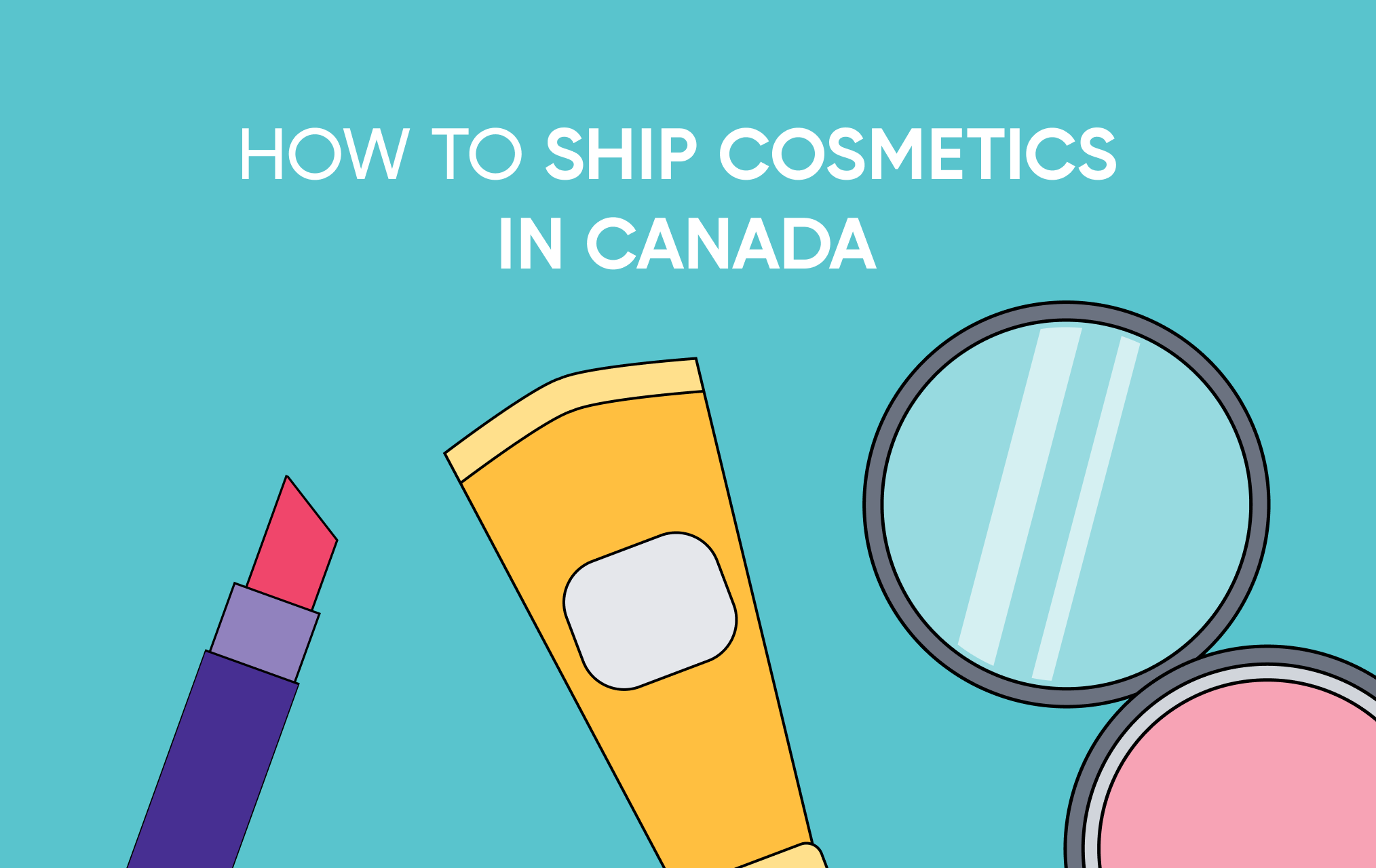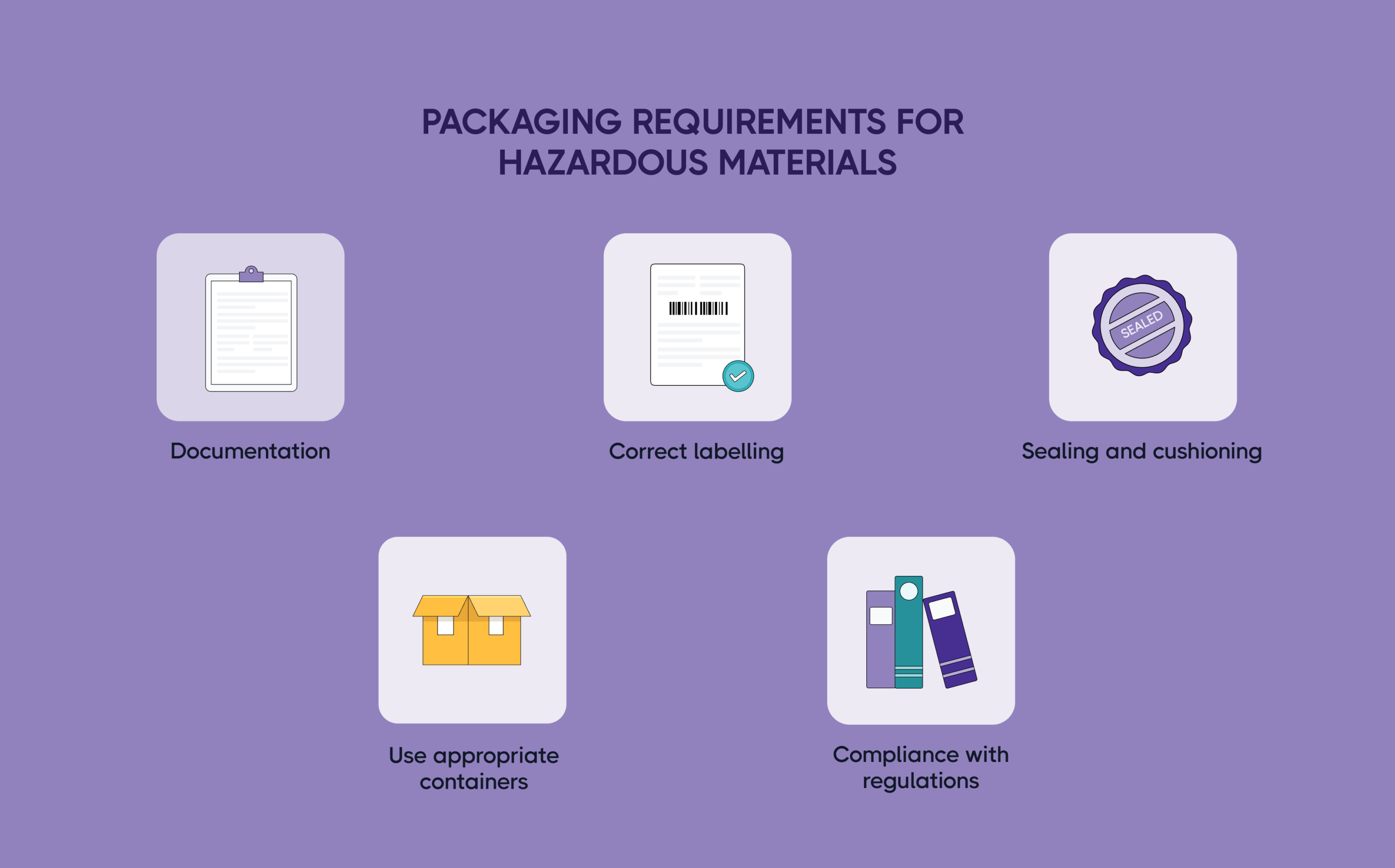
RAHEEL LADAK
10 mins read
4 mins read

Gagan Kaur
February 20, 2024
The beauty and cosmetics industry is a vibrant and ever-growing sector of eCommerce, with online beauty sales generating approximately $86 billion USD in the United States alone in 2023.
As this industry continues to flourish, businesses must understand the complexities of dangerous goods shipping, which are often part of their product lines.
This article guides you through the essential steps and considerations for safely and compliantly handling your beauty and cosmetics shipping, classified as dangerous goods.
In the beauty and cosmetics industry, certain products are classified as dangerous goods due to their flammable or hazardous nature.
This classification typically includes items like aerosols (e.g., hairsprays, deodorants), nail polishes, perfumes, and certain creams or lotions containing alcohol or other flammable ingredients. It's crucial for businesses to correctly identify these items to ensure compliance with shipping regulations.
For a comprehensive understanding of what constitutes dangerous goods in this sector, and the specific regulations governing their transportation, you can refer to the guide provided by the U.S. Department of Transportation.
Navigating the maze of compliance regulations is essential for any business in the dangerous goods shipping world. To begin, familiarize yourself with the guidelines set by international and domestic bodies like IATA and DOT. Here’s some information to get you started:
IATA provides comprehensive guidelines for shipping dangerous goods by air. Their Dangerous Goods Regulations (DGR) manual is a global reference for air transport and is recognized by airlines worldwide.
The DOT sets regulations for hazardous materials shipping by ground in the United States. Their guidelines cover aspects such as packaging, labeling, and documentation. For an overview of how to comply with federal hazardous materials regulations as set by the DOT, you can refer to the FMCSA guide.
Proper packaging is crucial when shipping dangerous goods in the beauty and cosmetics industry. Here are key considerations to ensure compliance and safety when shipping hazardous goods:

When shipping dangerous goods in the beauty and cosmetics industry, adhering to best practices is essential for ensuring safety. Here's a list of recommended best practices,
Navigating all of the regulations surrounding shipping dangerous goods can be confusing and time-consuming – and you don’t want to make mistakes and add even further headaches to your shipping process.
Here at eShipper, we have decades of experience and expertise in dangerous goods shipping, and can help ensure your goods get to your customers safely and on time, no matter how hazardous they are.
Understanding and implementing the guidelines for shipping dangerous goods in the beauty and cosmetics industry is essential for compliance, safety, and customer satisfaction.
As the industry grows as it’s forecasted to, staying informed and prepared is key to your business's success.
Here at eShipper, our expertise in handling hazardous materials shipping ensures your products are delivered safely and efficiently. Reach out to us today to streamline your logistics process and make those hazardous goods shipments easy-peasy.